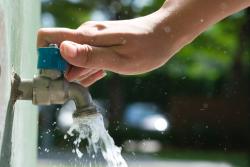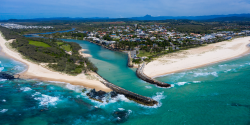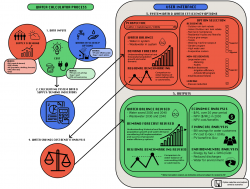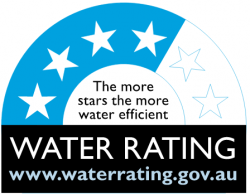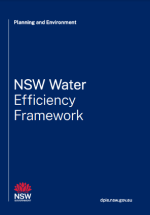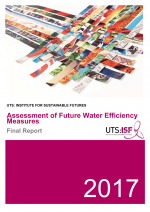Developing water efficiency and demand management strategies, improving demand forecasting, and creating end-use analysis models to assist water utilities and state governments to develop their water efficiency programs.
During the Millennium Drought, water utilities and government agencies directed extensive resources towards water efficiency programs across Australia. Many opportunities still remain untapped in terms of coverage and – crucially – that future water efficiency can take advantage of next-generation technologies. ISF’s analysis of water efficiency program implementation across Australia identified a wide variety of uptake across both programs and organisations. At the same time, appliances and fixtures have continued to become more efficient. While the market will naturally drive some change, it is focused in areas of new housing and higher socio-economics, where renovations and replacement happen.
ISF’s knowledge and experience spanning the full range of demand management and water conservation activities place us in a unique position to assist our clients. We help clients to design programs that maximise water conservation outcomes by assessing the impact of past water conservation efforts in the context of local factors and recent technological changes. We understand that every location is different, and our ability to interrogate data and engage with stakeholders ensures that the programs and analyses we undertake are designed to the specific needs of our clients and partners. Partnering with Australia’s major urban water utilities and many regional centres on water planning and the development of innovative water efficiency programs led to the production of the ground-breaking Integrated Resource Planning (IRP) Framework and Guide to Demand Management.
Our services broadly cover:
Data analysis and evaluation
ISF has the key technical skills to manage and extract information from a variety of datasets, whether they be large, small, comprehensive or incomplete. This includes modelling in Excel, Python and R using machine learning methods, end-use modelling or stochastic simulation. We provide visually compelling and engaging representations of the data that underpinned recommendations help engage key stakeholders. Our researchers have used statistical methods to evaluate water savings from efficiency programs and water demand forecasting.
Demand forecasting
The Integrated Supply-Demand Planning (iSDP) model is an integral part of the IRP framework. The urban water planning tool forecasts demand based on sector (residential, commercial or industrial) and on end-use (e.g. showering and toilet flushing).
The tool also facilitates the detailed design of demand-management options and provides a means of analysing and ranking portfolios of supply- and demand-side options to support decision-making.
Our researchers have evaluated the demand forecasting models for Water Corporation (WA), Hunter Water (NSW), Central Coast Council (NSW), and applied climate correction regression analysis to determine changes in demand without the influence of external factors.
Policy reviews
ISF has been actively engaged in policy reviews for state governments across Australia supporting water efficiency strategy development. Recently, ISF helped to develop the NSW Water Efficiency Framework, and reviewed NSW BASIX water, and the minimum standards for water efficiency fixtures and appliances in Victoria.
Digital water futures and next-generation water efficiency
ISF embraces new smart technology to boost a data-driven approach to resource use and waste reduction. Converting data into information is key to understanding the demand and supply opportunities to achieve fully integrated water systems.
International work
- Benchmarking Demand Management (Canal Isabel II, Madrid, Spain)
- Integrated Supply Demand Study (Centre for Development and Environment in the Arab Region and EU SWITCH, Alexandria, Egypt)
- Water resources and groundwater planning, Salalah (Sultanate of Oman)
- Demand management and water conservation technical support (The Water Authority of Fiji)
Projects
PROJECT | 2024-2025
Hot water pathways for social housing
Housing providers need clearer guidance to make hot water systems more efficient and flexible.
PROJECT | 2022-2023
Water efficiency program outlines for Melbourne water businesses
Improving water efficiency is in many cases the most cost-effective integrated water management option available. The Institute for Sustainable Futures (UTS-ISF) and BMT partnered with Greater Western Water, Melbourne Water, South East Water and Yarra Valley Water (the Melbourne water businesses) to develop a suite of water efficiency program outlines
PROJECT | 2021-2022
NSW Water Efficiency Framework
ISF develops a comprehensive best practice water efficiency framework for the NSW Department of Planning and Environment.
View more projects
Resources
-
Assessment of Future Water Efficiency Measures Final Report (2017) (Report)

